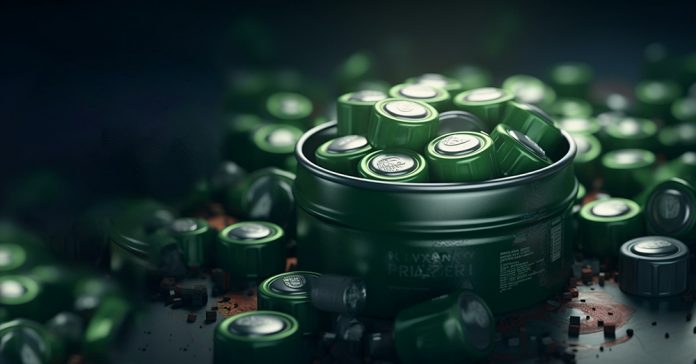What happens to EV batteries at the end of their useful life in the vehicle? Matthew Lumsden, CEO of battery energy storage experts Connected Energy, explains how they could have a second life in another application.
A decade ago, very few people were giving a huge amount of thought to what we would do with electric vehicle (EV) batteries. There was a general assumption that the recycling industry would adapt to be able to deal with them – and that remains broadly true.
However, recycling has not quite caught up yet with the amount of lithium batteries we are using – not just in cars and vans, but also in laptops, phones and power tools. Unfortunately, the business case for recycling them often does not stack up, leading to most lithium batteries from consumer electronics going to landfill.
The environmental case
The International Energy Agency (IEA) estimates that total global capacity for recycling EV batteries stands at just 180,000t per year. It warns that, by 2040, there could be 1,300-gigawatt hours’ worth of batteries no longer suitable for EV use, far exceeding the recycling industry’s current capabilities.
Overall, experts are predicting a huge rise in the number of EV batteries that have finished their useful life in vehicles over the next few years.
Market analysts McKinsey estimate that, in 2025, there will be 800m tonnes of EV batteries ending their first life applications. Naturally this will only increase, mirroring the EV adoption curve. In 2035 this figure will grow to 3,400m tonnes and 7,300m tonnes by 2040.
The potential for positive environmental impact by reusing as many of these batteries as possible is enormous. For example, 800m tonnes amounts to circa 90m MWh of 2nd life battery capacity. Assuming that even 25% of these batteries are reusable, that would deliver estimated savings of 10,1250m tonnes of CO2 compared to using first life batteries.
There is a growing movement to transition our economy from “make and waste” towards a “cradle to cradle” philosophy. Cradle-to-cradle is the term used in life-cycle analysis to describe a material or product that is recycled into a new product at the end of its life, so that ultimately there is no waste. In essence this means designing and manufacturing products so that they can be used, repurposed and used again, then finally recycled.
Given the environmental impact of mining the precious metals required to create lithium batteries, there is a strong case for finding ways to reuse or recycle these products.
So, how can we bridge this gap between first life and recycling? McKinsey believes that the most cost-effective second life for EV batteries is in stationary energy storage – and there are already real-world applications of this technology.
How it works
EV batteries degrade over time. However, when an EV reaches the end of its life, the batteries typically still have up to 80% of their original energy storage capabilities.
By linking multiple battery packs together, and combining them with an intelligent management system, we can create a battery energy storage system (BESS) ideal for a range of applications. The BESS acts as an energy reservoir, drawing down power during a site’s quiet periods, then providing it as a boost during periods of peak demand.
This is an increasingly valuable asset as public and private sector organisations race to decarbonise their operations. Installing a rooftop solar array and want to optimise how much of that renewable energy you can utilise? A BESS can do that. Electrifying your corporate fleet but don’t have a high enough grid connection to support all the charge points you need? A BESS can help bridge that gap. Want to reduce energy bills by buying more electricity at off-peak tariffs? A BESS is designed to support this.
Giving batteries a second life realises more value from the embedded resources and displaces the environmental impact of new battery production. It delays recycling until the industry has developed more efficient and cost-effective processes, while also improving the overall economics for our transition from fossil fuels to all-electric vehicles. But most importantly, BESS can help prevent grid constraints from derailing your corporate decarbonisation objectives.
Matthew Lumsden is CEO and founder of Connected Energy, a leading provider of second-life BESS to the public and private sectors in the UK and Europe.



